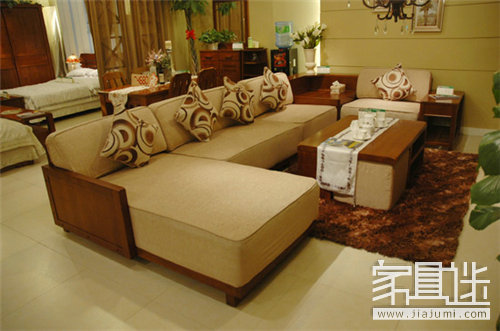Shanghai-style furniture, also known as "Haipai" furniture, refers to a unique blend of Western and Chinese styles that emerged in Shanghai between 1843 and 1949. This category includes Western-style furniture imported to Shanghai, modern designs produced in the 1920s and 1930s, and the popular "Shanghai Attic" style from the 1930s to 1940s. It specifically excludes traditional Chinese antique furniture, focusing instead on the fusion of cultural influences during a time of rapid urbanization and globalization.
**Craft Features**
**1. Localization of Western Furniture**
At the end of the 19th century, Western furniture began to take root in Shanghai, gradually adapting to local tastes and materials. The early integration of Chinese design elements led to the birth of the first "Chinese-Western" style in Shanghai furniture. Local manufacturers started using native woods like nanmu (a type of cypress) and incorporated foreign techniques such as plywood, chemical coatings, and synthetic rubber. These innovations transformed both the structure and production methods of furniture, marking a significant shift in the industry. As a result, Shanghai became a hub for furniture innovation, blending traditional craftsmanship with modern technology.
**2. Westernization of Chinese Furniture**
By the 1930s, traditional Chinese mahogany furniture in Shanghai began to adopt Western aesthetics. One of the most iconic pieces was the "modern room" set, which combined European and American styles with Chinese craftsmanship. Established in the Qing Dynasty, Zhang Wanli Woodware, a renowned furniture store, adapted its designs to international trends, creating elegant, functional, and stylish furniture that resonated with local consumers. The modern room became a symbol of sophistication, featuring clean lines, refined finishes, and practicality. This shift marked a turning point in the evolution of Chinese furniture, leading to a more minimalist and globally influenced design approach.
**Redwood Furniture Packaging Method**
During the War of Resistance Against Japanese Aggression, the Shanghai furniture industry faced severe challenges. By 1939, with the war spreading westward, the city’s concessions became isolated, and raw materials became scarce. To survive, many furniture stores resorted to reusing old pieces, repairing them, and repainting them for resale. Some even disassembled old mahogany furniture, cutting down parts like legs and panels, and used redwood chips bonded with yellow fish glue and gelatin to create new mahogany-style furniture. Though the quality varied, this method laid the foundation for innovative furniture-making under resource constraints.
**Related reading**: Popular furniture styles in Shanghai's historical context

Bbq Grill Combination,Cast Iron Grid,Stainless Steel Grates,Cleaning Grill Grates
JIANGMEN XINXIN METAL PRODUCTS CO., LTD. , https://www.bbqoutdoorgrill.com